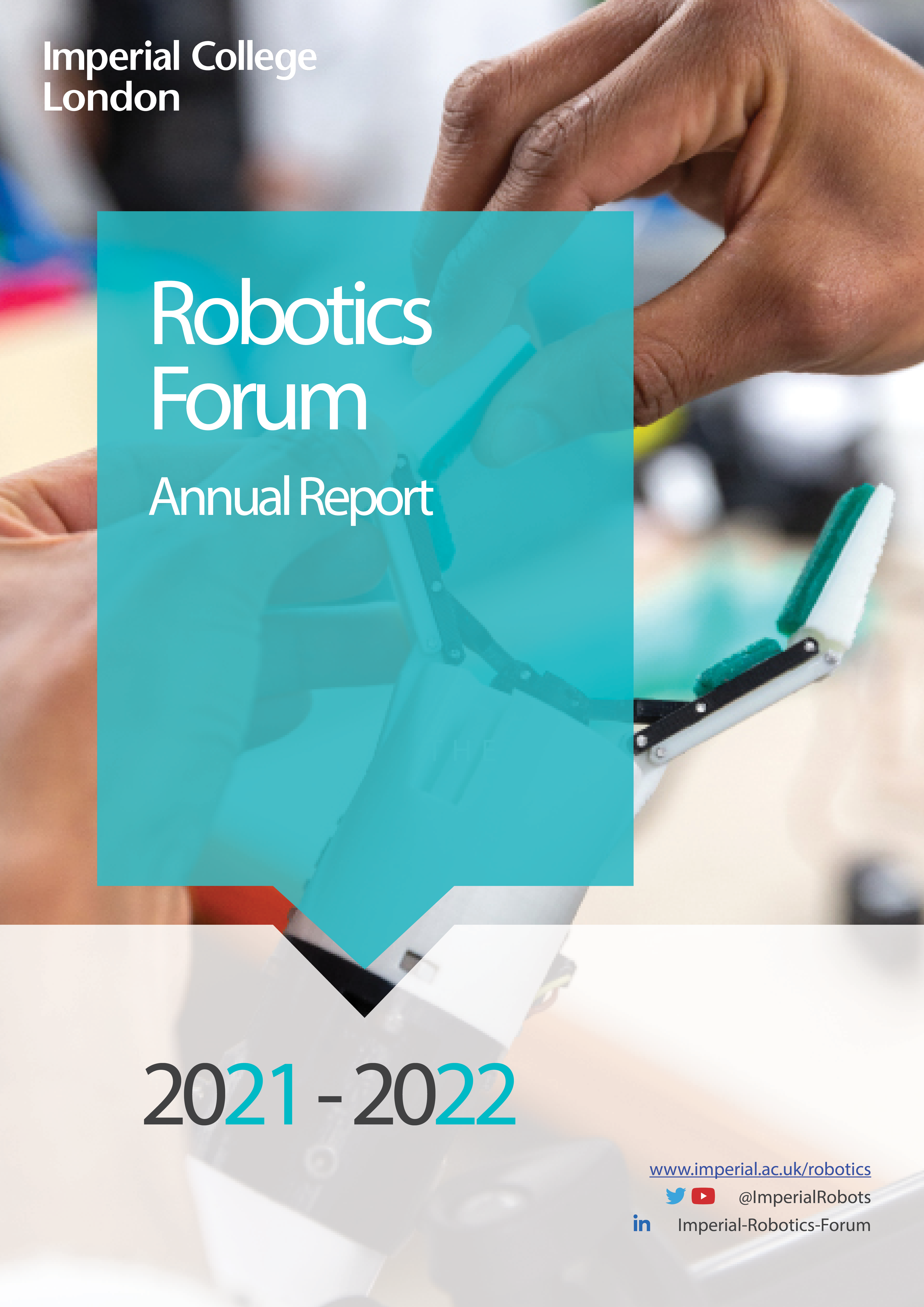Below is a list of all relevant publications authored by Robotics Forum members.
Results
- Showing results for:
- Reset all filters
Search results
-
Journal articleAgre G, Kormushev P, Dilov I, 2006,
INFRAWEBS Axiom Editor - A graphical ontology-driven tool for creating complex logical expressions
, International Journal of Information Theories and Applications, Vol: 13, Pages: 169-178 -
SoftwareAgre G, Kormushev P, Dilov I, 2006,
INFRAWEBS Axiom Editor User’s Guide
, Institute of Information Technologies, Bulgarian Academy of Sciences -
Conference paperAgre G, Kormushev P, Dilov I, 2005,
INFRAWEBS Capability Editor - A graphical ontology-driven tool for creating capabilities of Semantic Web Services
, Pages: 228-228
This data is extracted from the Web of Science and reproduced under a licence from Thomson Reuters. You may not copy or re-distribute this data in whole or in part without the written consent of the Science business of Thomson Reuters.
Request URL: http://www.imperial.ac.uk:80/respub/WEB-INF/jsp/search-t4-html.jsp
Request URI: /respub/WEB-INF/jsp/search-t4-html.jsp
Query String: id=1128&limit=20&page=12&respub-action=search.html
Current Millis: 1726883259487
Current Time: Sat Sep 21 02:47:39 BST 2024
Join our mailing list - sharing robotics-related activities at Imperial.
Contact Us
Robotics Forum
For all enquiries, please contact our Forum Manager, Dr Ana Cruz Ruiz
robotics-manager@imperial.ac.uk
